What is This?: Finding Ecological Meaning Through Sensory Drawing.
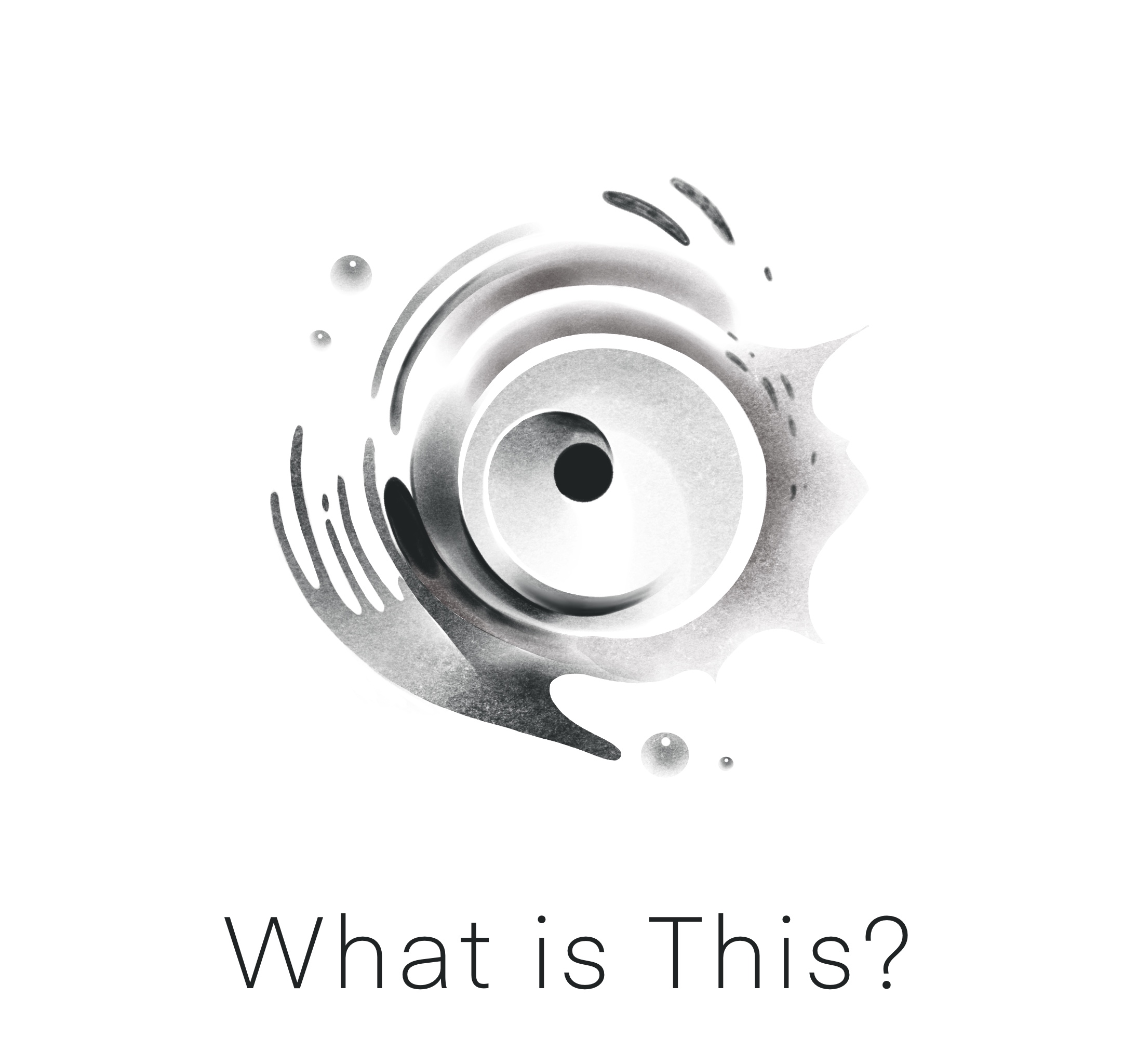
Summary
This tool kit instructs participants on a series of drawing activities, that help to foster an engagement with the natural world.
Focus:
Picture the Adidas Logo.
Can you Picture it?
Now imagine the Spotify Logo.
Can you imagine it?
Now visualise the leaf of a White Poplar Tree.
We live in an increasingly digital age populated with icons and logos we can recognise at a glance, and as the world behind the screen gets larger, it is becoming easier to find ourselves disconnected from the world around us.
In this toolkit you will familiarise yourself with an element of nature, forming a non-traditional knowledge of experience, and building a relationship that can so often become lost in today’s society.
After this workshop you will be able to recognise part of the world in a different way. Participants can expect to interact with an environmental object in a multisensory knowledge forming experience through actions of creation, personification, and imagination, resulting in a total of 3 individual drawing pieces.
Participants will have the freedom to express their experiences across a variety of drawing mediums and material.
This toolkit surrounds individual forms of non-traditional intelligence. Nonfactual ecological information will be explored throughout the 20-minute workshop activity.
Preparation: Forage for a selection of worldly objects. You might want to go on a walk, collect some flowers, or look to your vegetable patch. Aim to collect 5 objects that you find interesting, and 1 that you would be happy to focus on for the next 20 minutes . Once completed gather drawing materials (pen, pencil, paper, or what ever you have available), find a comfortable space, and then begin.
- Choose your worldly object. (2 minutes)
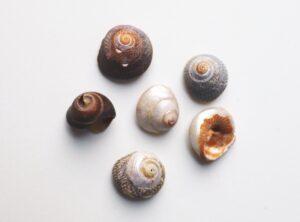
Example of Worldly Objects.
- This can be anything from the fruit in your fruit bowl to the bark of a tree, so long as it is naturally occurring & non-manmade.
- Start to familiarise yourself with it.
- Is it soft? Smooth?
- What colour is it?
- What does it smell like?
- What does it taste like?
- Draw the object. (5 minutes)
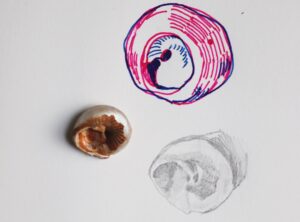
Example of a drawing of the chosen object
- Using any drawing material you like, draw the object
- You can do any number of drawings you like within the time.
- Focus on the lines you make, these can be fast or slow.
3. Draw by touch. (5 minutes)
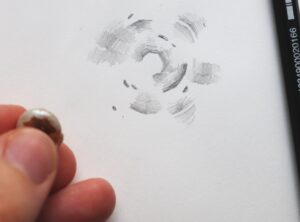
Example of Abstract drawing, completed through transcribing touch.
-
- Hold the object in your hand. Now, without looking, draw it again based on the sense of touch.
- This can look like anything and does not need to be visually representative of the object.
- Hold the object in your hand. Now, without looking, draw it again based on the sense of touch.
- Think about your object. (2 Minutes)
- You can ask yourself the following questions:
- When was it made?
- How was it made?
- Has anyone held it before me?
- What does the colour make me think of?
- Does it feel like anything I have touched before?
- You can ask yourself the following questions:
- Give a name. (1 minute)
- Give your object a name
- This can be anything, and does not need to be the scientific name/actual species name of the object.
- This should be unique to you.
- The name can be in any language that you feel most comfortable with.
- Write this new name at the top of a new sheet of paper
- Give your object a name
- Draw from memory. (5 minutes)
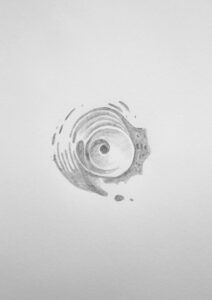
Example of combining the different sensory experience into a single drawing
- Put your object out of sight and reach, and imagine it. You may want to reflect on your previous drawing to help you.
- Combine your experiences with the object into a new drawing that you think best encapsulates its new name.
- As you draw try and think about the way it felt, the way it smelt, and maybe even the way it tasted.
- Compare your object to your drawings. Do you think it likes its portraits?
What is This?: Finding Ecological Meaning Through Sensory Drawing. © 2024 by Harry Mayston is licensed under CC BY-SA 4.0
(What Is This- Feature Image © 2024 by Harry Mayston is licensed under CC BY-SA 4.0 )
(Workshop Image 1 © 2024 by Harry Mayston is licensed under CC BY-SA 4.0 )
(Workshop Image 2 © 2024 by Harry Mayston is licensed under CC BY-SA 4.0 )
(Workshop Image 3 © 2024 by Harry Mayston is licensed under CC BY-SA 4.0 )
(Workshop Image 4 © 2024 by Harry Mayston is licensed under CC BY-SA 4.0 )


